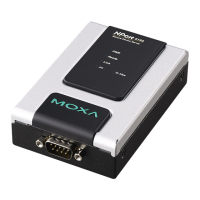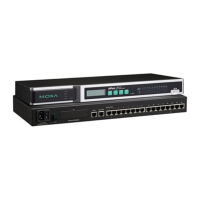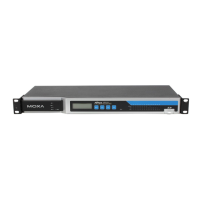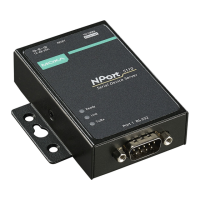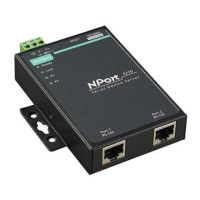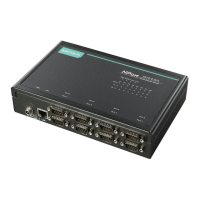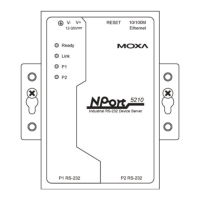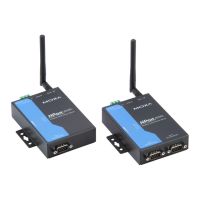NPort 6000 Series RADIUS Server
What is RADIUS?
Definition
Remote Authentication Dial-up User Service, or RADIUS, is the standard for centralizing the authentication,
authorization, and accounting of remote access users.
Here is a brief description of how RADIUS works: When a user dials in to a remote access device, that device
communicates with the central RADIUS server to determine if the user is authorized to connect to the LAN. The
RADIUS server performs the authentication and responds with the result—either accept or reject. If the user is
accepted, the remote access server routes the user onto the network; if not, the server will terminate the user’s
connection. The RADIUS server also provides accounting services if supported by the remote access server.
With RADIUS, a network manager or ISP only needs to maintain a single, central database against which all
remote user authentications take place. This greatly eases the management burden associated with
administering a large number of dial-in users.
Client/Server Architecture
RADIUS is a type of client-server software. Communication servers such as the NPort 6000 play an active role,
whereas RADIUS servers are passive.
When a remote host is connected to the NPort 6000, the host is prompted to enter a user ID and password.
After receiving the user ID and password, the NPort 6000 sends the information to a defined RADIUS server.
Up to this point, the remote user is still unable to access the network.
The RADIUS server compares the user ID and password with its internal database and responds through the
network, either accepting or rejecting the connection attempt.
If the NPort 6000 receives the “accept” message from the RADIUS server, the remote user is allowed to access
the network. Otherwise, the NPort 6000 will either terminate the connection or attempt to connect again after
a specified duration of time.

